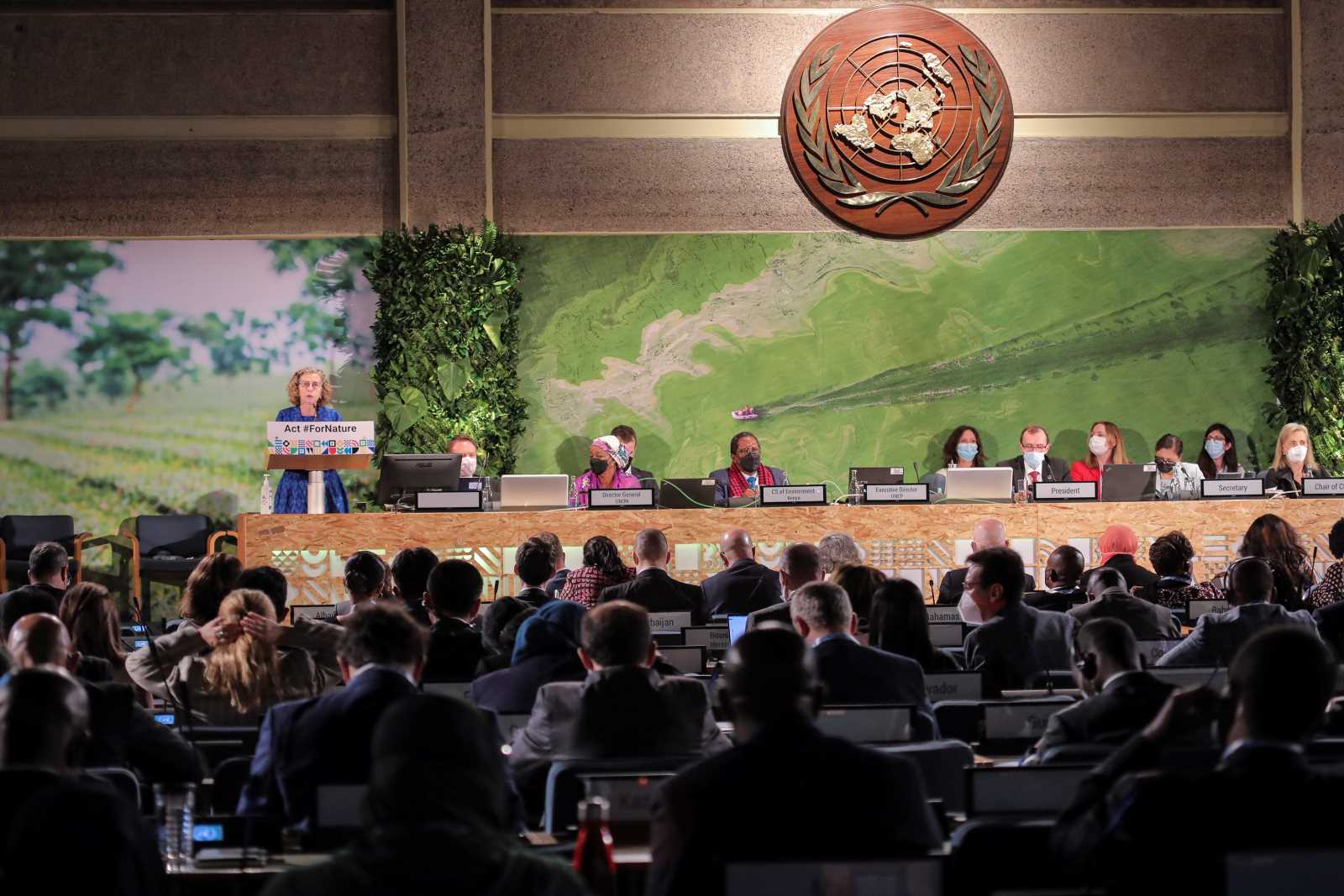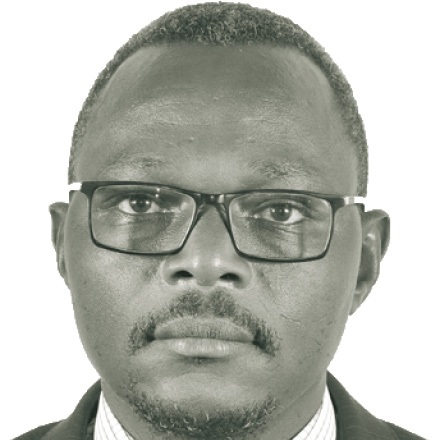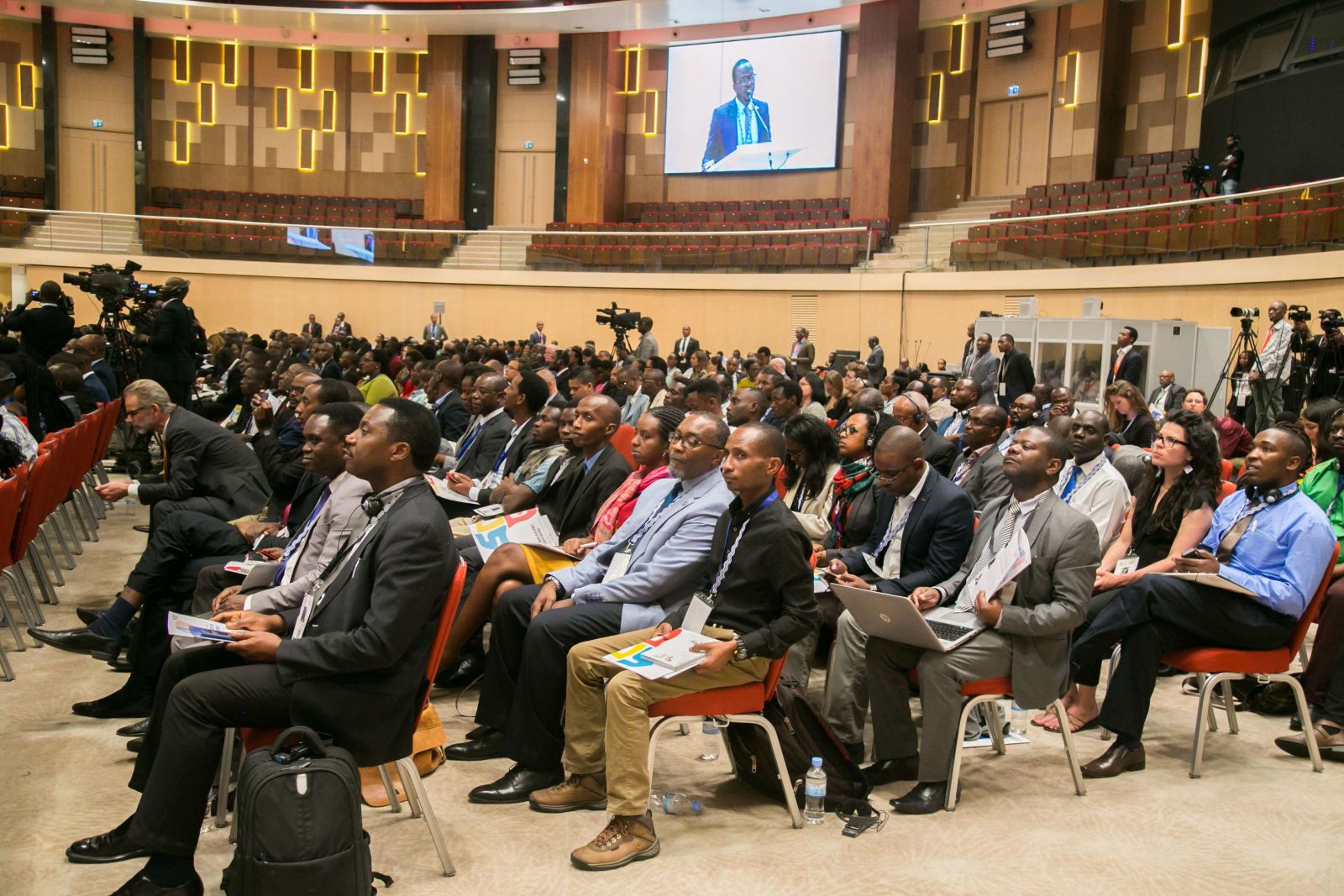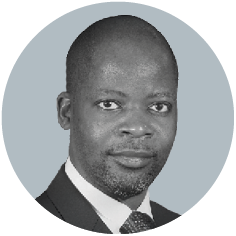Multilateral banks
New players with handicaps
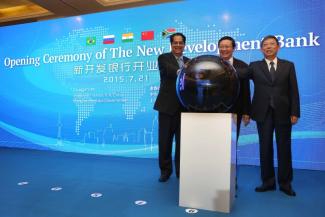
In January, the AIIB started its operations. The head office is in Beijing; the Bank’s subscribed capital amounts to $ 100 billion. China is the largest shareholder with a stake of nearly $ 30 billion. European countries such as Germany ($ 4.5 billion), France ($ 3.4 billion), the UK ($ 3.1 billion) and the Netherlands ($ 1 billion) are also big investors. Europe is thus signalling its acceptance of China having a major role to play in global governance. Interestingly, however, the USA and Japan are not on board.
The NDB was launched in July 2015. It was founded by the BRICS states (Brazil, Russia, India, China and South Africa), each of which contributed $ 10 billion of the bank’s initial capital. Accordingly, all members have equal voting rights. According to the NDB charter, other UN nations can join the bank in the future. That would contribute to involving creditors and making the bank more democratic (Griffith-Jones 2014).
The AIIB’s starting capital of $ 100 billion is twice the NDB’s capital. The International Bank for Reconstruction and Development (IBRD), which is the comparable institution in the World Bank Group, has almost $ 212 billion subscribed capital.
Among other things, the two new development banks are a symptom of the new balance of power in the global economy, which is not sufficiently reflected at present in the existing IFIs (Berensmann 2016, Reisen 2015). In terms of economic strength, EU members are over-represented on the boards of the established IFIs – especially the International Monetary Fund (IMF) and the World Bank (see Fernando J. Cardim de Carvalho’s article in D+C/E+Z e-Paper 2016/03).
Even taking into account the latest governance reforms at the IMF and the IBRD, EU members have more than twice the voting power of the five BRICS nations. The EU has about 27 %, whereas the BRICS have only about 12 % at the IMF and 13 % at the IBRD. According to an IMF estimate, however, in 2015 the economic output of the EU (around $ 16.3 trillion) was lower than that of the BRICS ($ 16.9 trillion).
In the context of the Asian Development Bank (ADB) too, China and India have relatively small shares of voting rights. China has 5.5 % and India 5.4 %, whereas Japan and the USA each hold 12.8 %, even though they are not eligible to get ADB loans. In contrast, China and the other BRICS nations are leaders in the AIIB and NDB contexts.
Important tasks
The two new development banks will largely provide long-term loans for programmes and projects that the private sector, because of high risks, would either not finance at all or only on rather unfavourable terms. Like the established IFIs, moreover, the two new ones will perform two important service functions: knowledge transfer and coordination of international action.
The AIIB and the NDB have comparative advantages. They have specific regional knowledge and can thus tailor good solutions to local conditions. Like other public development banks, they can use their money to leverage additional private capital for development purposes.
Infrastructure finance will be a core component of both bank’s portfolios. The AIIB will focus in particular on the generation and distribution of electric power, transport and urban development. It could thus provide vital new momentum for growth in the currently weakening economies of China and other countries. The consultancy McKinsey (2014) reckons that Southeast Asia alone will need around $ 7 trillion by 2030 to cover urban infrastructure needs.
Possible downsides
At present, it remains unclear whether the two new banks will observe the social and environmental standards adopted by the other multilateral IFIs (note Korinna Horta in D+C/E+Z e-Paper 2016/03). Emerging economies tend to resist strict rules, so there is a risk of existing standards being progressively eroded by competition between development banks. The involvement of western governments in the AIIB should help to contain that risk (see interview with Hans-Joachim Fuchtel in D+C/E+Z e-Paper 2016/03). However, uniform environmental, social and governance standards for all IFIs would certainly make sense (Wolff 2015).
For the new development banks to stay solvent, they need to invest their capital in viable projects and programmes. It will only be possible to assess success after several years of operation. Major risks are already foreseeable however.
AIIB and NDB will focus on infrastructure financing. Related projects tend to be complex affairs, with lots of stakeholders. Moreover, they only deliver returns after many years, whereas the initial phase is often particularly risky (Ehlers 2015).
Whether two new development banks’ refinancing capacity is adequate remains to be seen too. The established multilateral development banks rely on capital markets to raise the money (“market funds”) they use to issue non-subsidised loans to their clients (Langhammer 2014). In this context, the credit ratings they get from agencies such as Standard & Poor’s are relevant. The ratings are among the factors that determine how much interest they must pay for market funds. The better their rating, the lower the interest rate, and the easier the refinancing of loans.
One key criterion governing a development bank’s rating is what ratings its shareholders have. The shareholders are the countries that contribute capital. The World Bank, for example, has the best rating (AAA) and gets market funds at correspondingly favourable rates. It can then pass that money on to its members with only a small surcharge.
The ratings of the NDB and AIIB will depend on various factors. The greater the share of high-rated investors, the better the banks’ ratings will be. Among the BRICS, however, only China has a rating (AA- from Standard & Poor’s) that would permit low-cost refinancing. Accordingly, the NDB will find it harder to refinance projects than the established IFIs do.
The AIIB, which has a number of members with good ratings, will be better placed – but even it will have to shoulder higher refinancing costs than the ADB, whose big OECD shareholders have good country ratings. What could also be relevant for the two new IFIs, however, are China’s massive foreign exchange reserves, which Beijing could place at their disposal.
Both of the new development banks will certainly help to meet the considerable – and so far unmet – need for money to finance investment in public goods in emerging and developing economies. That is especially true on the infrastructure front. How successfully they will be, however, remains to be seen.
Kathrin Berensmann is an economist with the German Development Institute / Deutsches Institut für Entwicklungspolitik (DIE).
kathrin.berensmann@die-gdi.de
Sources
Berensmann, K., 2016: Chancen und Risiken der neuen multilateralen Entwicklungsbanken (Chances and risks of the new multilateral development banks). Diplomatisches Magazin 4/2016, April.
Ehlers, T., 2014: Understanding the challenges for infrastructure finance. Bank for International Settlements, monetary and economic department, August 2014, Basel.
McKinsey Global Institute, 2014: Southeast Asia at the crossroads: Three paths to prosperity.
Griffith-Jones, S., 2014: A BRICS development bank: A dream coming true?, UNCTAD discussion paper No. 215, March 2014, Geneva.
Langhammer, R. J., 2014: Ein klares Signal … aber nicht viel mehr (A strong signal … not more). In: Internationale Politik, Heft 9/10, S. 88-91, Deutsche Gesellschaft für Auswärtige Politik.
Reisen, H., 2015: Die Entwicklungsbanken der Schwellenländer und die multilaterale Finanzarchitektur (The emerging market’s development banks and the multilateral architecture of finance). Springer Heidelberg, Wirtschaftsdienst, Band 95, Heft 4, S. 272-279.
Wolff, P., 2015: Zu viel Wirbel um Chinas neue Entwicklungsbank (Too much buzz concerning China’s new development bank). German Development Institute / Deutsches Institut für Entwicklungspolitik (DIE), Die aktuelle Kolumne, 23.03.2015.

